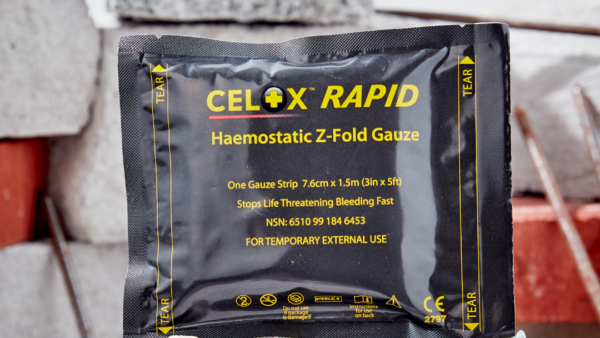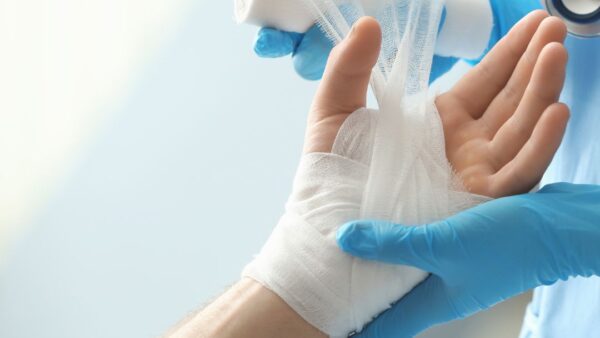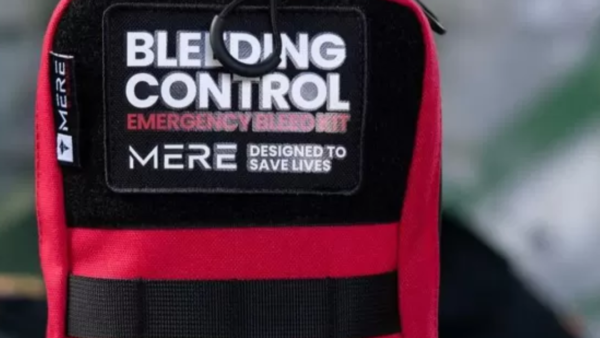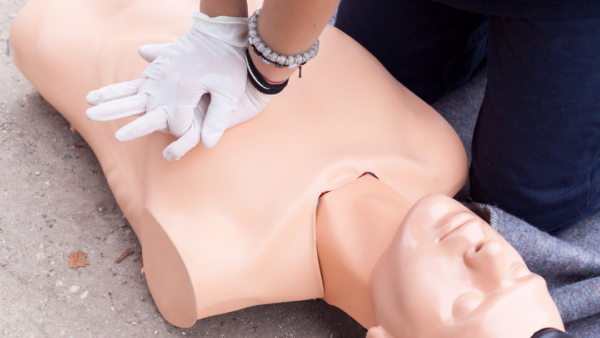Introduction to first aid kits and medical kits
When i comes to emergencies, having the right tools at hand can make a significant difference in saving lives and preventing further harm. Two common types of kits used in emergency situations are first aid kits and medical kits. While they may seem similar at first glance, there are distinct differences between first aid and medical kits, the key components of each, and when it is appropriate to use them.
Understanding the difference between first aid kits and medical kits
First aid kits and medical kits serve different purpose and are designed to handle varying levels of emergencies. A first aid kit is typically used to provide immediate care for minor injuries and common medical conditions. It contains basic supplies such as bandages, antiseptics, and pain relivers. On the other hand, a medical kit is more compressive and is equipped to handle more serious injuries and medical emergencies. It may contain advanced medical devices, medications, and specialised equipment.
Key components of first aid kits
First aid kits are essential for handling minor injuries and providing initial care before professional medical help arrives. Some key components commonly found in first aid kits include:
- Bandages: Different types of bandages, such as adhesive bandages, gauze pads, and elastic bandages, are essential for covering wounds and preventing infection.
- Antiseptics: Antiseptic solutions or wipes are used to clean wounds and prevent bacterial growth.
- Pain Relievers: Over the counter pain relievers, such as ibuprofen or acetaminophen, can help alleviate pain and reduce inflammation.
- CPR Mask: A CPR mask is a crucial tool for performing cardiopulmonary resuscitation in emergency situations.
- Tweezers and Scissors: These tools are useful for removing splinters, cutting bandages, or trimming clothing to access injuries.
Key components of medical kits
Medical kits are designed to handle more serious emergencies and often require trained medical professions to utilise them effectively. They key components of a medical kit may include:
Advanced Medical Devices: Medical kits may contain devices such as defibrillators, glucose monitors, or specialised diagnostic tools to assess and treat critical conditions.
Medications: Medical kits may include a range of medications, including prescription drugs, injectables, and pain management medications.
Surgical Instruments: Scalpels, forceps, and other surgical instruments may be included in medical kits for performing minor surgical procedures
IV Supplies: In situations where intravenous fluids are necessary, medical kits may contain IV catheters, tubing, and fluids.
Splints and Immobilisation Devices: Medical kits may include splints, cervical collars, and other devices to immobilise fractures or stabilise injured limbs.
Situations where first aid are sufficient
First aid kits are generally appropriate for minor injuries, common medical conditions, and immediate response situations. Some example of situations where a first aid kit it sufficient include:
Cuts and Scrapes: First aid kits are equipped with bandages and antiseptics to clean and dress minor wounds.
Burns: First aid kits contain burn creams or gels to relieve pain and promote healing for minor burns.
Sprains and Strains: Elastic bandages and cold pack found in first aid kits can help reduce swelling and provide initial pain relief.
Allergic Reactions: First aid kits often include antihistamines to treat mild allergic reactions.
Headaches and Minor Aches: Pain relivers found in first aid kits can help alleviate headaches, muscle aches, and other minor pins.
Situations where medical kits are necessary
Medical kits are essential in situations where more advanced medical care is required, and immediate access to specialised equipment and medications can be life saving. Some situations where a medical kit is necessary include:
Severe Trauma: In cases of severe bleeding, fractures, or minor injuries, medical kits are equipped to provide immediate life saving interventions.
Cardiac Arrest: Medical kits often include defibrillators and medications to treat cardiac arrest.
Allergic Reactions: In serve allergic reactions, medical kits may contain epinephrine auto injectors to rapidly counteract the reaction.
Hight Risk Environments: In remote or high risk environments, such as wilderness expeditions or industrial settings, medical kits are crucial for providing advance care until professional help arrives.
Medical Emergencies: Medical kits are designed to handle a range of medical emergencies, such as respiratory distress, diabetic emergencies, or severe allergic reactions.
Factors to consider when choosing between first aid kits and medical kits
When deciding between a first aid kit and medical kit, several factors should be taken into consideration:
Level of Training: If you or someone in your group has medical training, a medical kit may be appropriate. Otherwise, a first aid kit is generally more suitable for basic care.
Type of Activity: The nature of the activity or environment you will be in should influence your choice. Remote or high risk activities may require a more comprehensive medical kit.
Duration and Distance from Professional Help: Consider the time it will take to reach professional medical help. If help is readily available, a first aid kit may be sufficient. If help is far away, a medical kit may be necessary.
Specific Needs: If you have specific medical conditions or allergies, ensure that the kit you choose contains necessary medications or devices to address those needs.
Legal Requirements: In some cases, specific industries or activities may have legal requirements regarding the type of medical kit that must be available on site.
Common mistakes to avoid when choosing a kit
When choosing between a first aid kit and a medical kit, it is important to avoid common mistakes that can compromise the effectiveness of the kit:
Underestimating the Risk: Assess the potential risks associated with your activities realistically. Be prepared for unexpected emergencies.
Neglecting Training: Having a medical kit does not replace the need for proper training. Ensure that you and your group are adequately trained in basic first aid techniques.
Overloading a First Aid Kit: While it may be tempting to include every possible item in a first aid kit, it is important to keep it compact and lightweight for easy transport.
Not Checking Expiry Dates: Regularly check the contents of your kit and replace expired items to ensure their effectiveness when needed.
Not Customising the Kit: Tailor your kit to meet your specific needs. Consider any pre existing medical conditions, allergies, or unique requirements.
Making the right choice for your needs
In summary, first aid kits and medical kits serve different purposes and are designed for varying levels of emergencies. First aid kits are suitable for minor injuries and common medical conditions, while medical kits are equipped to handle more serious emergencies. When choosing between the two, consider factors such as your level of training, the nature if your workplace, and distance from professional help. Avoid common mistakes such as neglecting training or overloading a first aid kit. Ultimately, making the right choice will ensure that you are adequately prepared to handle emergencies and provide necessary care in critical situations.






